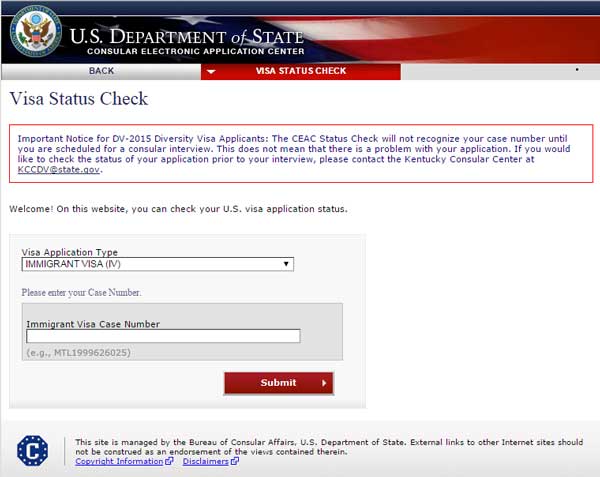

That includes user name, service address, and zip code.ĭon’t just submit your current address it has to be exactly the address they have filed away for you. When you submit a Letter of Authorization (LOA), the data it contains need to match that on the Customer Service Record (CSR).

They have one name and address, and you supplied them with something just a little bit different. The most common reason a carrier rejects your number port comes down to a basic data mismatch. Here Are 8 Possible Reasons Your Number Port Got Rejected So while you have them on the phone, this is a good time to ask if there’s anything else they will require to release your number. Carriers that are losing a phone number are notorious for rejecting a port request for the tiniest discrepancy. Don’t have a phone bill? Unsure which specific information your carrier has on file for you? Just contact your carrier before you try to switch and ask for a Customer Service Report (CSR). Most of the time, you can prevent your number port from getting rejected simply by making sure the information you provide to your new provider is exactly what’s listed on your phone bill. Why was your number port rejected? And what can you do about it? The process usually costs nothing and takes anywhere from several days to a few weeks. If you haven’t cancelled service with your old provider first or you aren’t trying to go with a new carrier who doesn’t have an agreement with your current one, you should be able to port your number with ease. Most of the time, however, porting your number is just part and parcel of switching carriers. Also, some rural wireline service providers may obtain waivers for the porting requirement from state authorities.” According to the FCC, “If you are moving to a new geographic area, you may not be able to keep your current phone number when changing providers. Sometimes, a number simply can’t get ported. Businesses prefer to port their number rather than accept a new one to minimize disruption for their clients or customers. Simply put, when you change service providers for your phone service, porting your number refers to keeping the same number you had with your previous carrier. When you’re transferring your number to a new provider, the last thing you want to hear is, “The port was rejected.”

Sometimes, however, number porting turns into a giant headache. Transferring your business number to a new service provider shouldn’t take a lot of time or trouble.


 0 kommentar(er)
0 kommentar(er)
